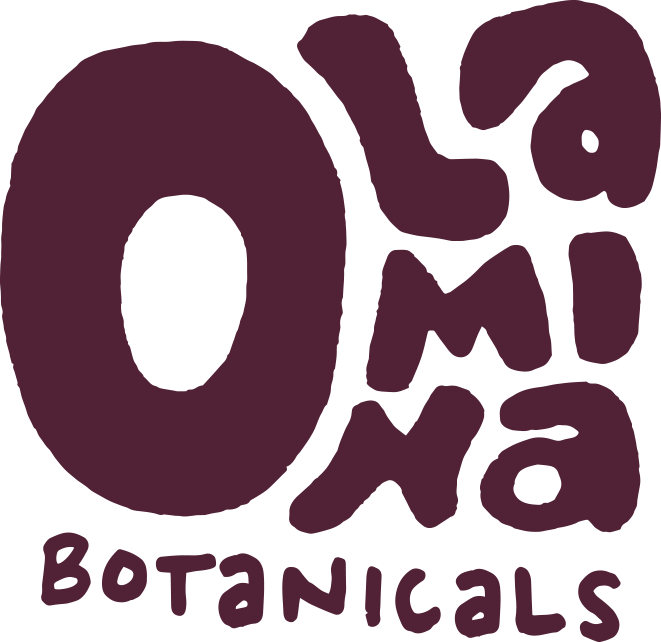Native Plant Appreciation Post—and "Wildcrafting" Rant
Unedited photo of Actaea pachypoda by the author
I saw many White Baneberry during a hike in the Hudson Valley last weekend. They are dreamy, with ternately-compound leaves that look like arms outstretched for an embrace, crowned in the autumn by milky-white berries circling a hot pink raceme—one of the most vivid pinks you will see in the forest at this time of year—in a double helix-esque spiral. The leaves resemble those of Black Cohosh because they are in fact related to Black Cohosh, both being members of the Actaea genus. White Baneberry’s latin name is Actaea pachypoda and Black Cohosh’s latin name is Actaea racemosa.
Actaea racemosa has traditionally been used for all manner of issues related to the menstrual system, but it’s on United Plants Savers’ species at-risk list, a list the organization has created and meticulously researched to keep those of us who make and take herbal medicines aware of the impact that interest in, and commercial sale of, medicinal plants has on native populations of these plants. It turns out that, in looking for Actaea racemosa to harvest, folks have mis-identified incredibly rare species in the Actaea family, leading to the over-harvest of these species. In the hunt for Black Cohosh, people are ripping White Baneberry & other Actaeas out of the ground.
United Plant Savers says that annual harvest of Black Cohosh is as much as “500,000 pounds in dry weight per year, 97% of which is sourced from wild habitat.” That’s 485,000 lbs in dry plant material per year—goodness knows how much that works out to fresh.
There are many people “wildcrafting” at-risk plants in the woods, but my question is: do they even know what they’re harvesting? When they “asked the land for permission” was there space for a “hell no” to come through? Is it really anyone’s business to take from the land, when they’ve nothing to do with what has been quietly flourishing there, and they are a settler? Can these folks find an alternative that was grown in a farm setting? Or try growing the plant themselves in a garden setting? If they find germination and propagation of said plant to be incredibly difficult, mightn’t they consider how deleterious an impact their harvest has on communities of plants in ecological settings, where the plant reproduces just as slowly?
There are lots of weedy, incredibly abundant plants that we can turn to for the same purposes that we lean on native plants—delicate flora that grow in ecosystems built upon reciprocal, millennia-long, criss-crossing, more-than-human entanglements. We’re dealing with a lot as a species and thinking through this stuff can feel like a heavy lift, I’m sure. One more thing to do, right?
Still, I want to encourage anyone reading this to level up your plant game, make sure that you know exactly where the plants you take as medicine come from and fall back from wanton “wildcrafting.” There are much less harmful ways to be with the earth!
Post on those weedy, abundant menstrual herbs coming very soon, dears.

